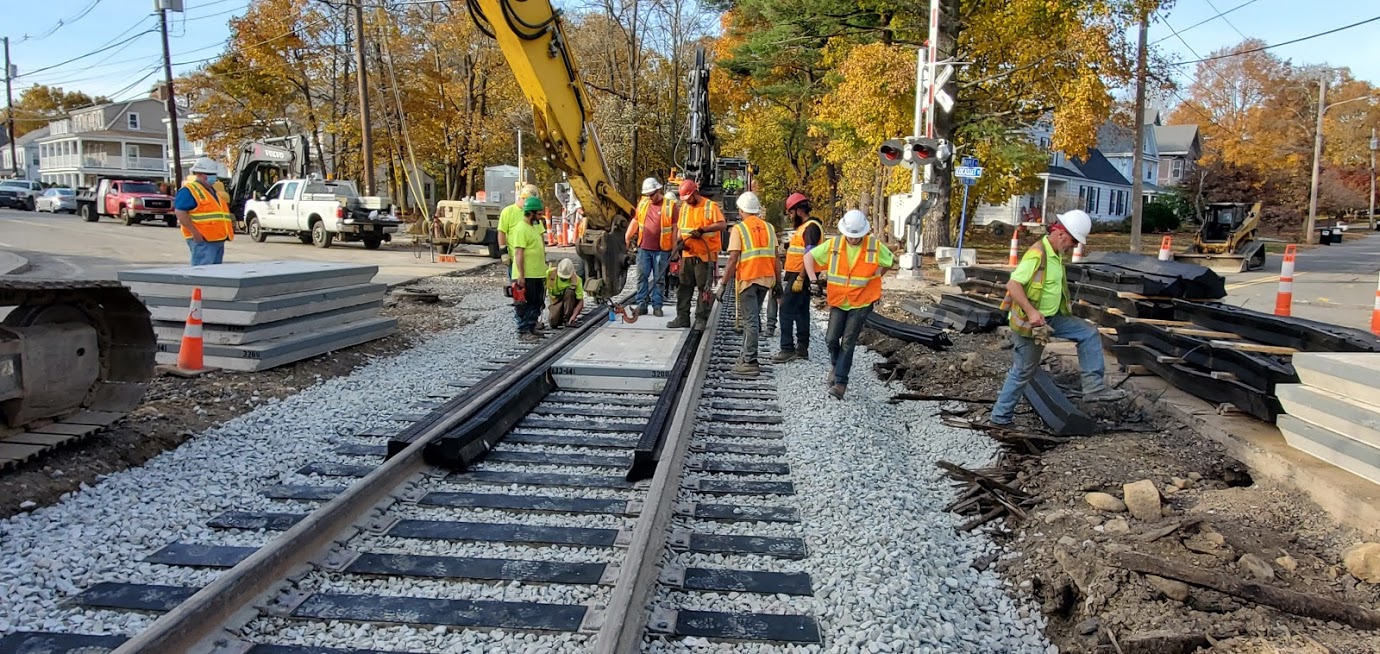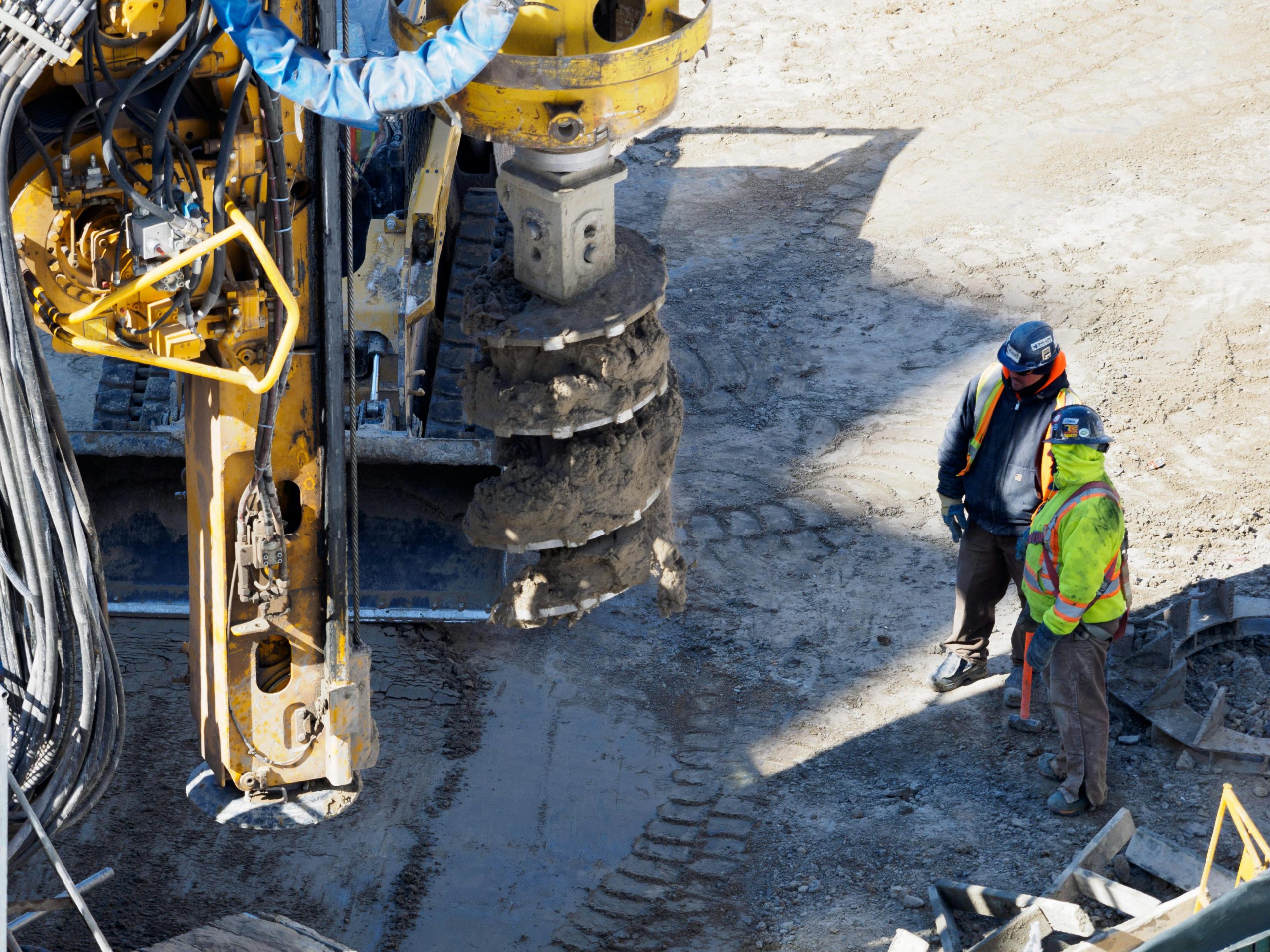In the dynamic world of transportation and infrastructure, Track Inspection services play a pivotal role in maintaining the safety and reliability of rail systems across North America. At Tri Innovations, we understand the critical importance of thorough and precise track inspections to prevent accidents, minimize downtime, and optimize operational efficiency. This article delves into the significance of track inspection, the technologies involved, the challenges faced, and why professional track inspection services are essential for the modern rail industry.
Understanding Track Inspection
What Is Track Inspection?
Track inspection refers to the systematic examination and evaluation of railway tracks to identify defects, wear, or any conditions that could jeopardize the safe operation of trains. This process involves assessing the physical state of rails, ties, fasteners, ballast, and the overall track geometry. Through detailed inspections, rail operators can detect early signs of damage and carry out maintenance before issues escalate into costly or dangerous problems.
Why Is Track Inspection Important?
The integrity of railway tracks directly impacts the safety of passengers, cargo, and operational efficiency. Poorly maintained tracks increase the risk of derailments, delays, and costly repairs. Regular and comprehensive track inspection ensures compliance with safety regulations, extends the lifespan of infrastructure, and enhances the reliability of rail networks.
The Scope of Track Inspection Services in North America
Geographic and Operational Coverage
North America boasts one of the most extensive rail networks globally, serving freight and passenger trains across vast and diverse terrains. From urban transit systems to long-haul freight corridors, track inspection services must adapt to different environments and operational demands. Tri Innovations provides expert track inspection services tailored to these diverse needs, ensuring every stretch of rail is safe and reliable.
Regulatory Compliance and Standards
Railroads in North America must comply with stringent safety regulations set by agencies like the Federal Railroad Administration (FRA) in the United States and Transport Canada. These regulations dictate the frequency, methodology, and reporting standards for track inspections. Professional track inspection services ensure that rail operators meet these legal requirements while adopting industry best practices.
Technologies and Techniques Used in Track Inspection
Visual Inspections
Traditionally, track inspections began with manual visual checks conducted by trained inspectors. These inspections involve walking along the tracks, looking for visible defects such as cracks, corrosion, or misalignment. While still a valuable part of the process, visual inspections are now supplemented by advanced technologies to improve accuracy and efficiency.
Ultrasonic Testing
Ultrasonic track inspection uses sound waves to detect internal flaws in rails that are invisible to the naked eye. This technology can identify cracks, inclusions, and other structural weaknesses inside the rail material, enabling preventive maintenance before surface damage occurs.
Track Geometry Measurement
Track geometry measurement involves analyzing the alignment, gauge, cross-level, and curvature of the track. Specialized vehicles equipped with laser and inertial sensors collect detailed data on the track’s physical parameters. This data helps identify deformations or irregularities that could affect train stability and safety.
Ground Penetrating Radar (GPR)
GPR technology assesses the condition of the ballast and subgrade beneath the tracks. It detects voids, water accumulation, and ballast fouling, which can undermine track stability. By incorporating GPR into track inspection services, Tri Innovations provides a comprehensive understanding of the entire track structure.
Drone and Remote Sensing Technology
Emerging technologies like drones equipped with high-resolution cameras and LiDAR sensors offer a new dimension to track inspection. These devices can access difficult-to-reach areas, conduct rapid surveys, and produce detailed imagery and 3D models for analysis.
Challenges in Track Inspection
Environmental Factors
Rail tracks in North America face diverse environmental challenges, including extreme weather, temperature fluctuations, and natural disasters. These factors accelerate track degradation and complicate inspection efforts. Professional track inspection services must account for these conditions to provide accurate assessments.
Increasing Rail Traffic and Wear
With growing demand for rail transport, tracks experience heavier loads and increased frequency of train operations. This intensifies wear and tear, necessitating more frequent and detailed inspections to maintain safety and performance.
Aging Infrastructure
Much of North America’s rail infrastructure is aging, requiring ongoing monitoring and maintenance. Track inspection services must be vigilant in detecting issues related to material fatigue and structural deterioration to prevent failures.
The Benefits of Professional Track Inspection Services
Enhanced Safety
The foremost benefit of expert track inspection is the enhancement of rail safety. Identifying and addressing defects early significantly reduces the risk of accidents, protecting both human lives and valuable cargo.
Cost Savings
Preventive maintenance enabled by regular track inspections avoids costly emergency repairs and service disruptions. Early detection of problems extends the lifespan of track components and optimizes maintenance budgets.
Improved Operational Efficiency
Reliable tracks ensure smooth train operations with fewer delays and interruptions. This leads to better scheduling, increased capacity, and overall improved service quality.
Data-Driven Decision Making
Modern track inspection services provide detailed and accurate data that empower rail operators to make informed decisions about maintenance priorities and investments.
Why Choose Tri Innovations for Track Inspection?
Expertise and Experience
At Tri Innovations, we bring extensive experience in delivering track inspection services across North America. Our team combines industry knowledge with cutting-edge technologies to provide thorough and reliable inspections.
Customized Solutions
We understand that each rail network has unique challenges and requirements. Tri Innovations offers customized track inspection solutions designed to meet specific operational needs and regulatory standards.
Commitment to Quality
Quality and safety are at the core of our services. We adhere to rigorous quality control measures and continuously update our methodologies to incorporate the latest advancements in track inspection technology.
Comprehensive Reporting
Our detailed inspection reports include actionable insights and recommendations, helping clients maintain compliance and prioritize maintenance activities effectively.
Future Trends in Track Inspection
Integration of Artificial Intelligence
AI-powered data analysis is transforming track inspection by automating defect detection and predicting maintenance needs with greater accuracy.
Expanded Use of Robotics
Robotic inspection devices can navigate complex track environments autonomously, increasing inspection frequency and reducing human risk.
Real-Time Monitoring Systems
The future of track inspection includes continuous real-time monitoring using sensors embedded in tracks, allowing for instant detection of anomalies.
Conclusion
Track inspection is a vital component of maintaining safe, reliable, and efficient rail operations across North America. As rail networks continue to expand and evolve, the demand for advanced and professional track inspection services grows stronger. Tri Innovations is dedicated to providing top-tier track inspection solutions that help rail operators meet regulatory standards, enhance safety, and optimize infrastructure performance. By leveraging cutting-edge technologies and expert knowledge, we ensure that every mile of track supports the smooth and secure movement of people and goods throughout the continent. Investing in comprehensive track inspection services is not just a regulatory requirement but a strategic imperative for the future of rail transportation.



